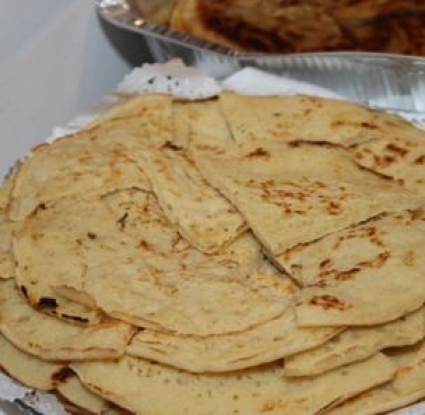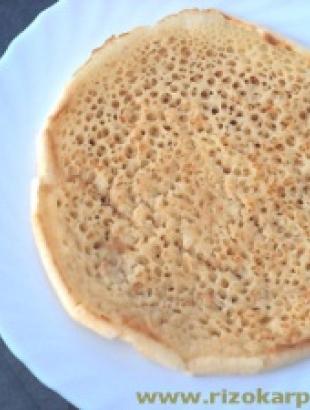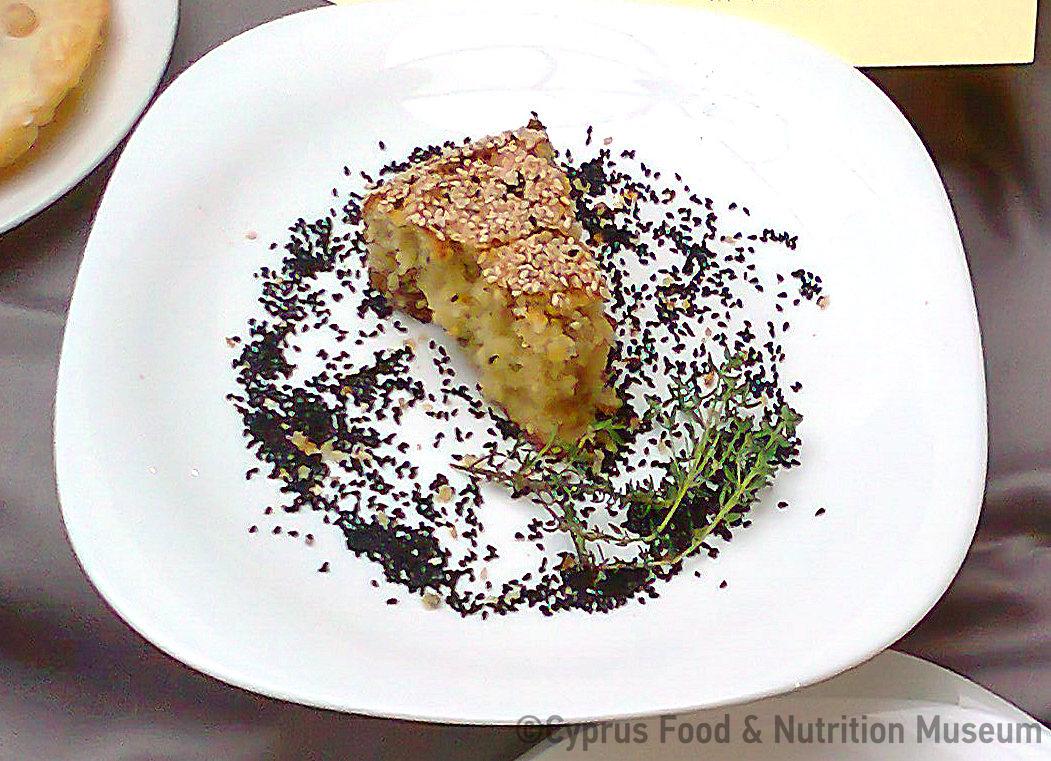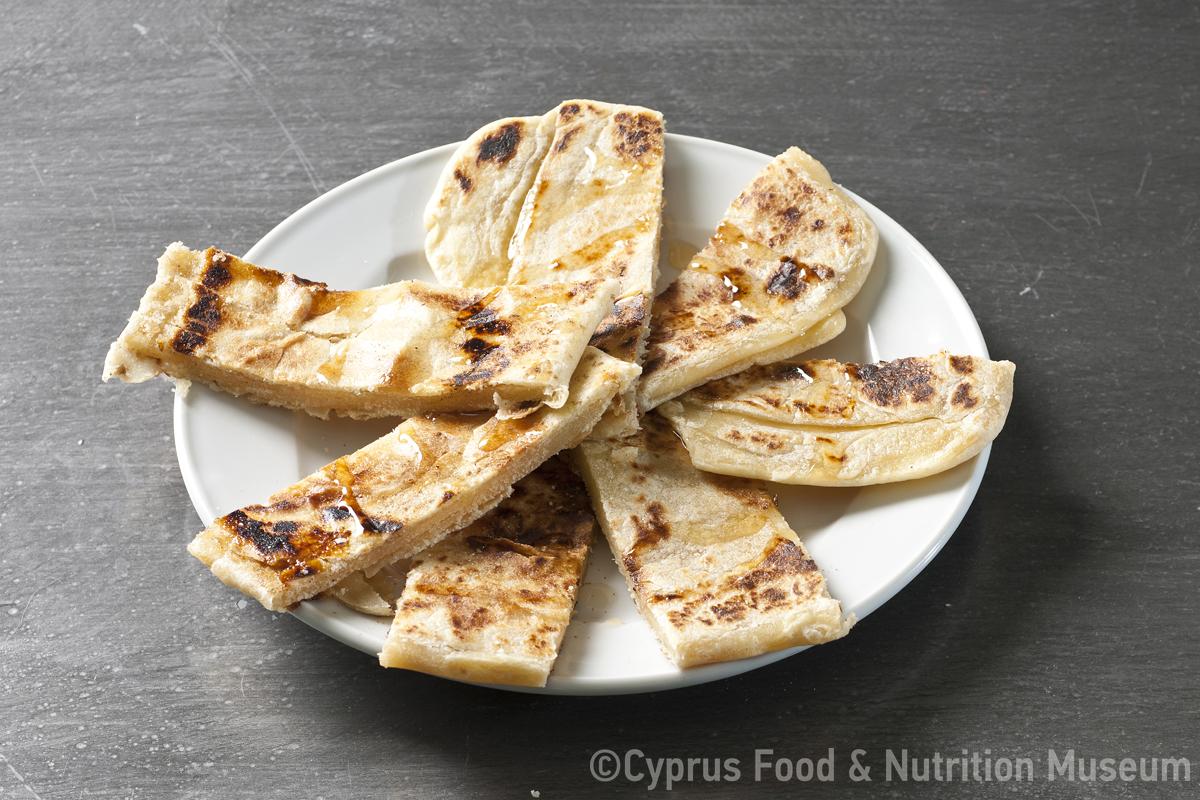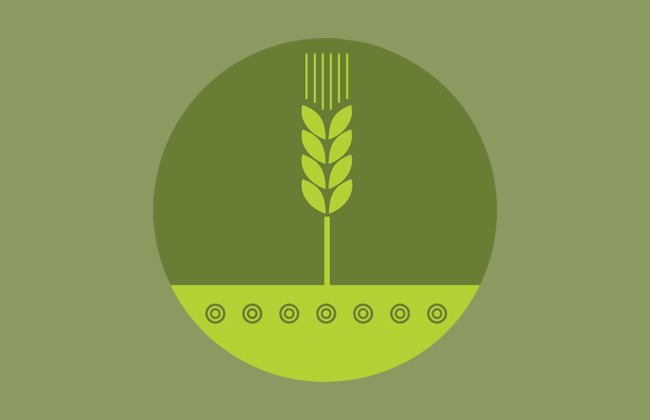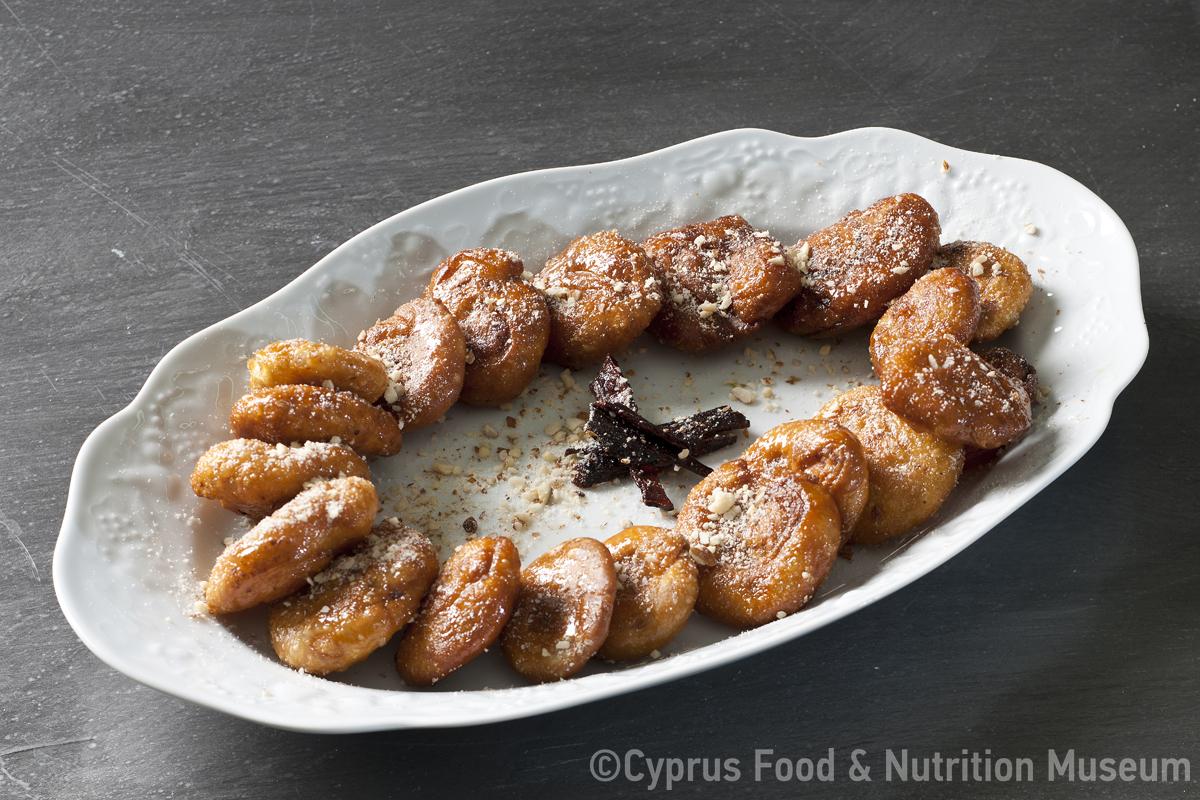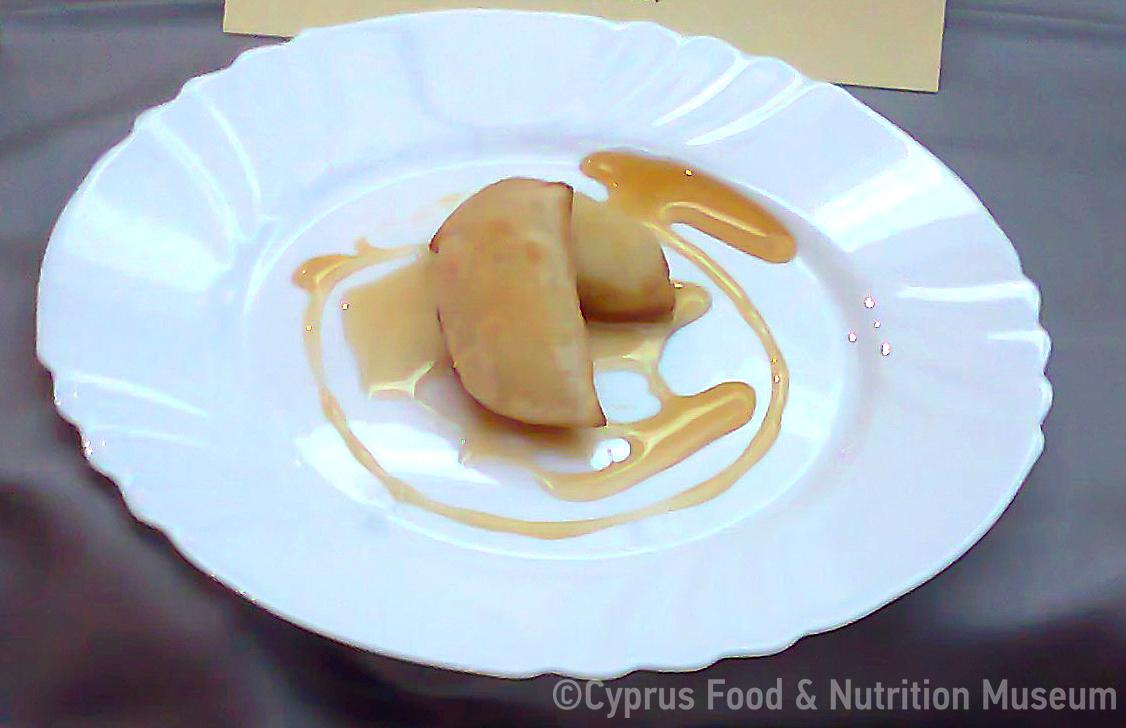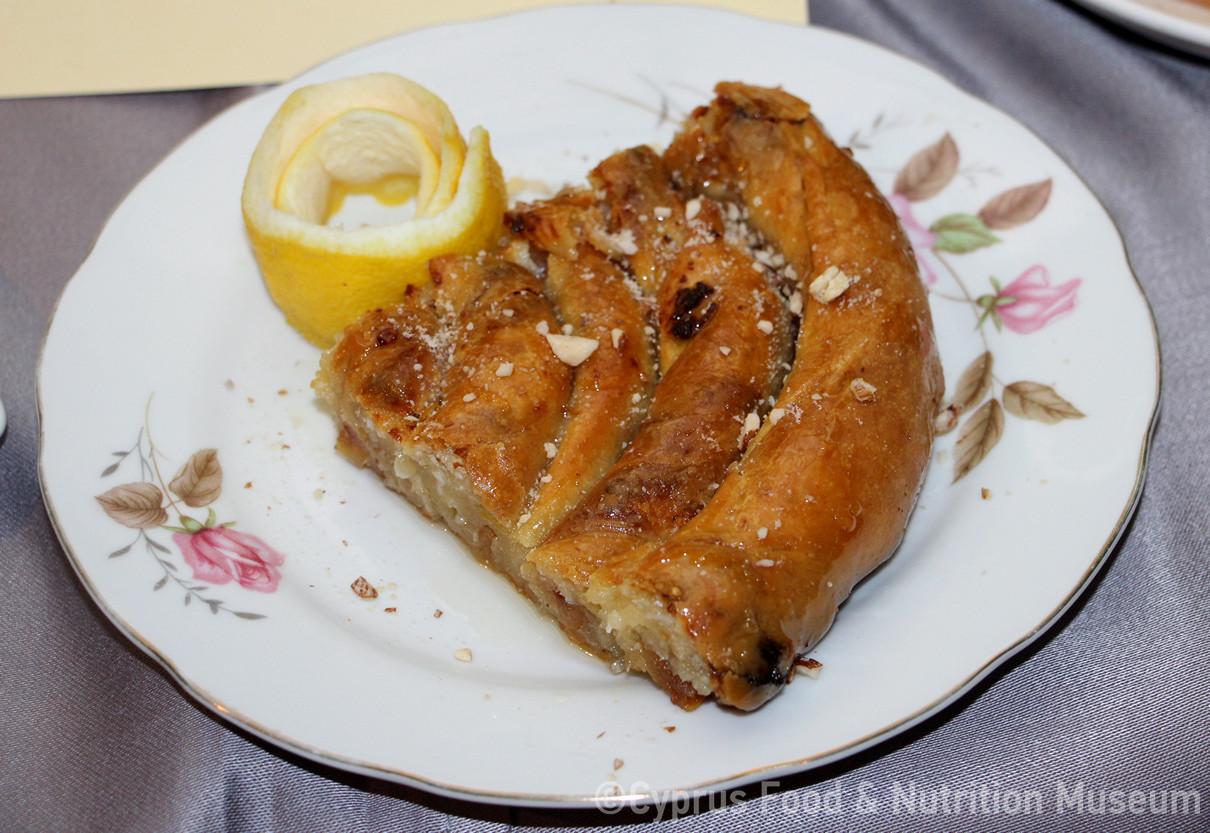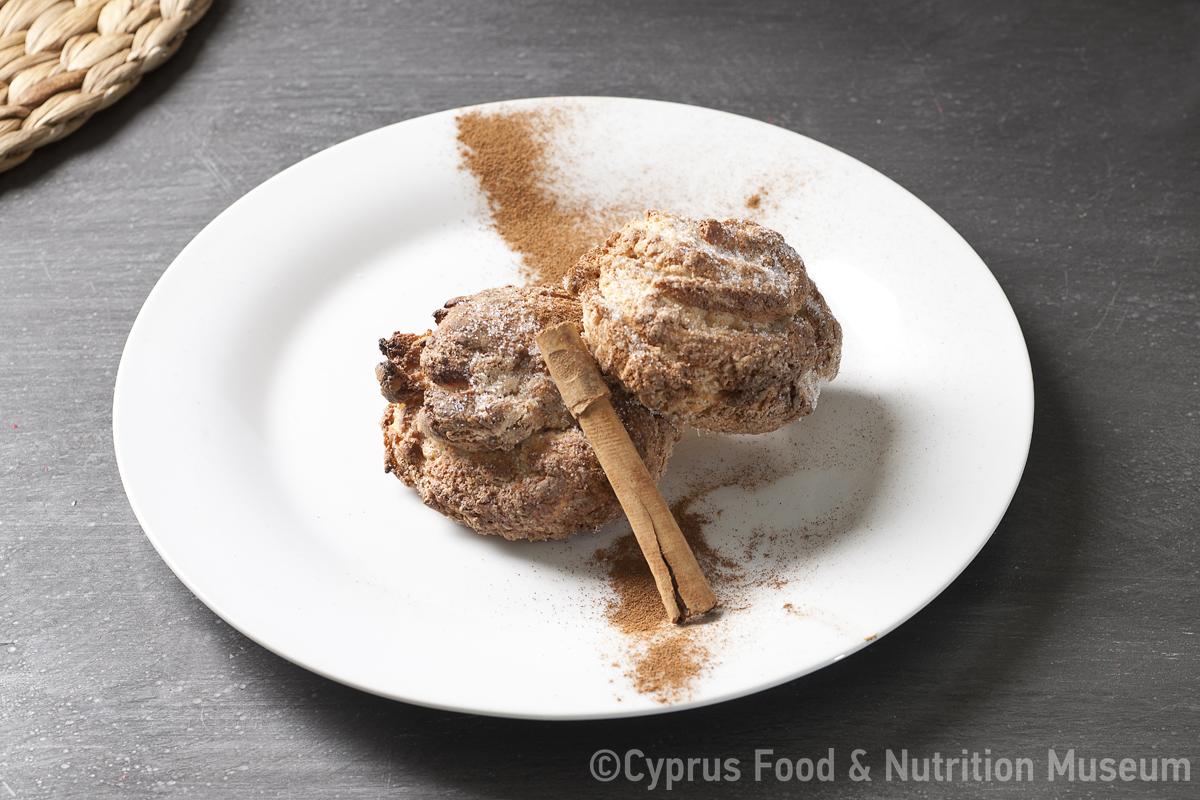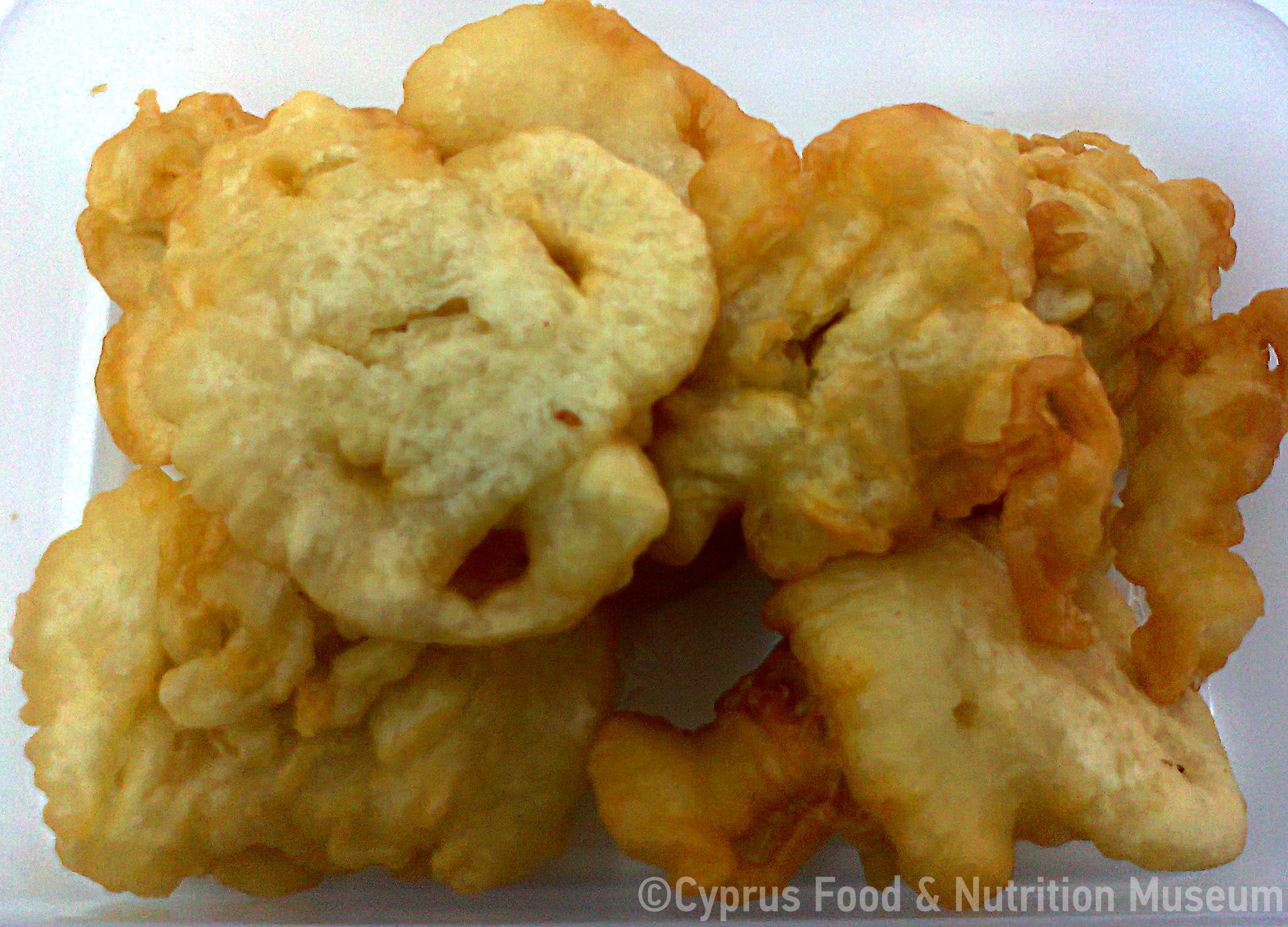Laggopittes were traditionally prepared in Rizikarpaso on 29th of August every year which was the day of St. John the Baptist, and especially on the 14th of September, the day of the Holy Cross. Both were fasting days for Christians.
Name - Recipe
Pittes with sourdough or yeast, traditionally baked on a stone slab.
1 kg of flour (1/2 plain flour 00 farina) and half village flour
Sourdough or a tablespoon of yeast
A bit of salt
Honey or carob syrup
In a bassin, add the flour, salt, and yeast or BP. Mix and add enough lukewarm water so as to get a not so thick batter. Cover the "dough" and place it in a warm place to proof. In about 20 minutes many bubbles will be visible which indicates that the "dough" is ready for baking. Laggopittes were traditionally baked on a stone slab (tenió) of about three centimetres thick. After lighting a fire underneath, they would wait for it to heat up and with a soup spoon they would pour the batter onto the plate and sometimes sprinkle it with a few drops of water on top to create more bubbles. Today, instead of a stone slab, we use a non-stick pan. After placing it over a moderately low heat and allowing it to warm up a little, pour enough batter according to the surface area of the pan so that when it is spread it is about half a centimetre thick. While it cooks, you will notice that it fills up with holes. Once it's shaped and set, then flip it over and let it cook on the other side as well. They are served either hot and cold topped with honey or carob syrup. (Publication permission from: http://www.rizokarpason.com/ sintages1.htm)
Baking on a stone slab or in a non-stick pan.
Additional information and bibliography
"Rizokarpason" Publications (2010).Rizokarpasitikes recipes. Retrieved from: http://www.rizokarpason.com/sintages1.htm
Stalo Lazarou

